 NB Marc Quinn’s sculpture – NB SEE Great museum-based learning content resource!
NB Marc Quinn’s sculpture – NB SEE Great museum-based learning content resource!
The Philosophy of Kissing (HUMOUR)
This witty view of kissing that satirically is in the style of the respective philosophers deserves even more readers so here it is. My favourite is the Hegelian kiss – what’s yours?
Dear Doctor Rude,
I think I understand what a “platonic kiss” is, but could you explain to me the difference between the following kisses?
Aristotelian kiss
Hegelian kiss
Wittgensteinian kiss
Godelian kiss
Signed,
Flummoxed in Florida
————————————————————————————————————————
Dear Flummoxed,
That’s a very good question; nowadays most sex education courses focus on secondary and tertiary sources, so much so that few people really get exposed to the classics in this field any more. I’ll try to make a brief but clear summary of some of these important types of kisses:
Aristotelian kiss
a kiss performed using techniques gained solely from theoretical speculation untainted by any experiential data by one who feels that the latter is irrelevant anyway.
Hegelian kiss
dialiptical technique in which the kiss incorporates its own antithikiss, forming a synthekiss.
Wittgensteinian kiss
the important thing about this type of kiss is that it refers only to the symbol (our internal mental representation we associate with the experience of the kiss–which must necessarily also be differentiated from the act itself for obvious reasons and which need not be by any means the same or even similar for the different people experiencing the act) rather than the act itself and, as such, one must be careful not to make unwarranted generalizations about the act itself or the experience thereof based merely on our manipulation of the symbology therefor.
Godelian kiss
a kiss that takes an extraordinarily long time, yet leaves you unable to decide whether you’ve been kissed or not.
Socratic kiss
really a Platonic kiss, but it’s claimed to be the Socratic technique so it’ll sound more authoritative; however, compared to most strictly Platonic kisses, Socratic kisses wander around a lot more and cover more ground.
Kantian kiss
a kiss that, eschewing inferior “phenomenal” contact, is performed entirely on the superior “noumenal” plane; though you don’t actually feel it at all, you are, nonetheless, free to declare it the best kiss you’ve ever given or received.
Kafkaesque kiss
a kiss that starts out feeling like it’s about to transform you but ends up just bugging you.
Sartrean kiss
a kiss that you worry yourself to death about even though it really doesn’t matter anyway.
Russell-Whiteheadian kiss
a formal kiss in which each lip and tongue movement is rigorously and completely defined, even though it ends up seeming incomplete somehow.
Pythagorean kiss
a kiss given by someone who has developed some new and wonderful techniques but refuses to use them on anyone for fear that others would find out about them and copy them.
Cartesian kiss
a particularly well-planned and coordinated movement: “I think, therefore, I aim.” In general, a kiss does not count as Cartesian unless it is applied with enough force to remove all doubt that one has been kissed. (cf. Polar kiss, a more well-rounded movement involving greater nose-to-nose contact, but colder overall.)
Heisenbergian kiss
a hard-to-define kiss–the more it moves you, the less sure you are of where the kiss was; the more energy it has, the more trouble you have figuring out how long it lasted. Extreme versions of this type of kiss are known as “virtual kisses” because the level of uncertainty is so high that you’re not quite sure if you were kissed or not. Virtual kisses have the advantage, however, that you need not have anyone else in the room with you to enjoy them.
Nietzscheian kiss
“she/he who does not kiss you, makes your lust stronger.”
Zenoian kiss
your lips approach, closer and closer, but never actually touch.
Doctor Rude
Source
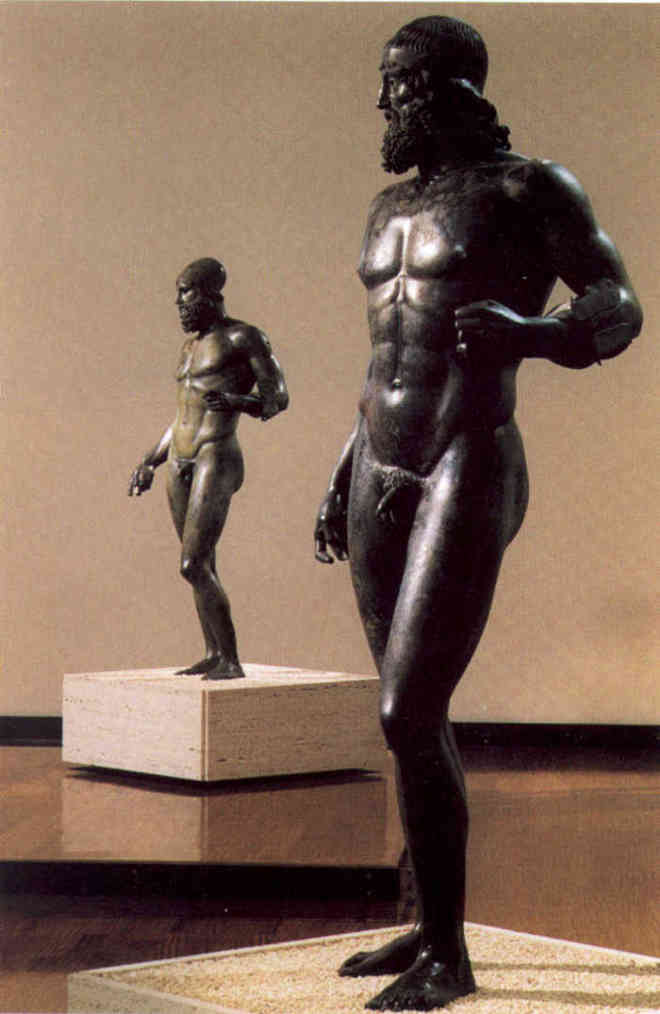



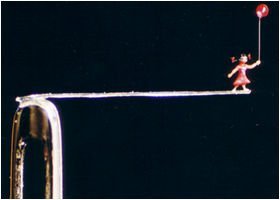
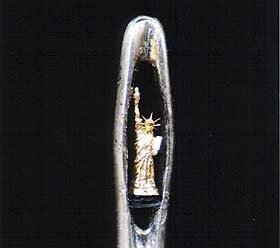


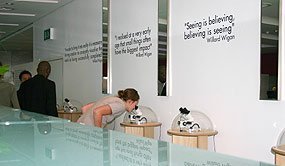
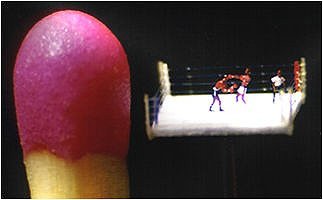

 The Wizard of Oz
The Wizard of Oz The Six wives and Henry VIII+
The Six wives and Henry VIII+
 NB Marc Quinn’s sculpture – NB SEE Great museum-based learning content resource!
NB Marc Quinn’s sculpture – NB SEE Great museum-based learning content resource!